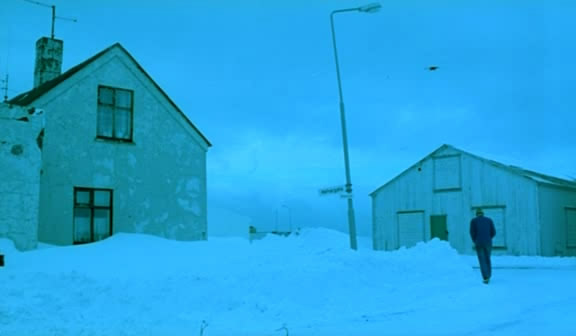Przekonaj się, o czym napisałam dla Ciebie w tej kategorii:

Analysis of Dagur Kári’s “Nói the Albino”
Dagur Kári’s first full lenght film, and at the same time his directorial breakthrough, Nói the Albino (2003) is[…]

Dagur Kári’s first full lenght film, and at the same time his directorial breakthrough, Nói the Albino (2003) is[…]